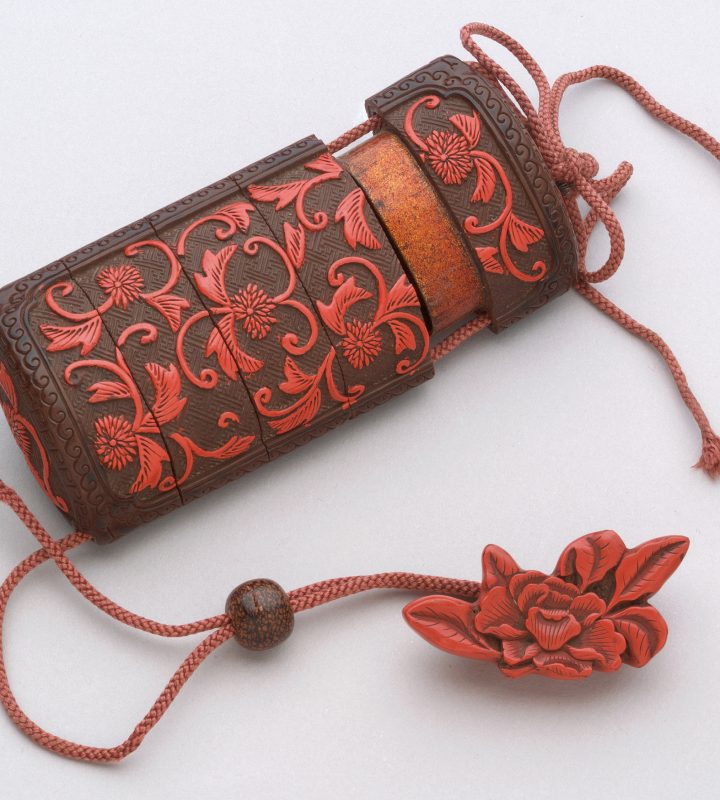How can symmetry be playful?
How can symmetry
be playful?
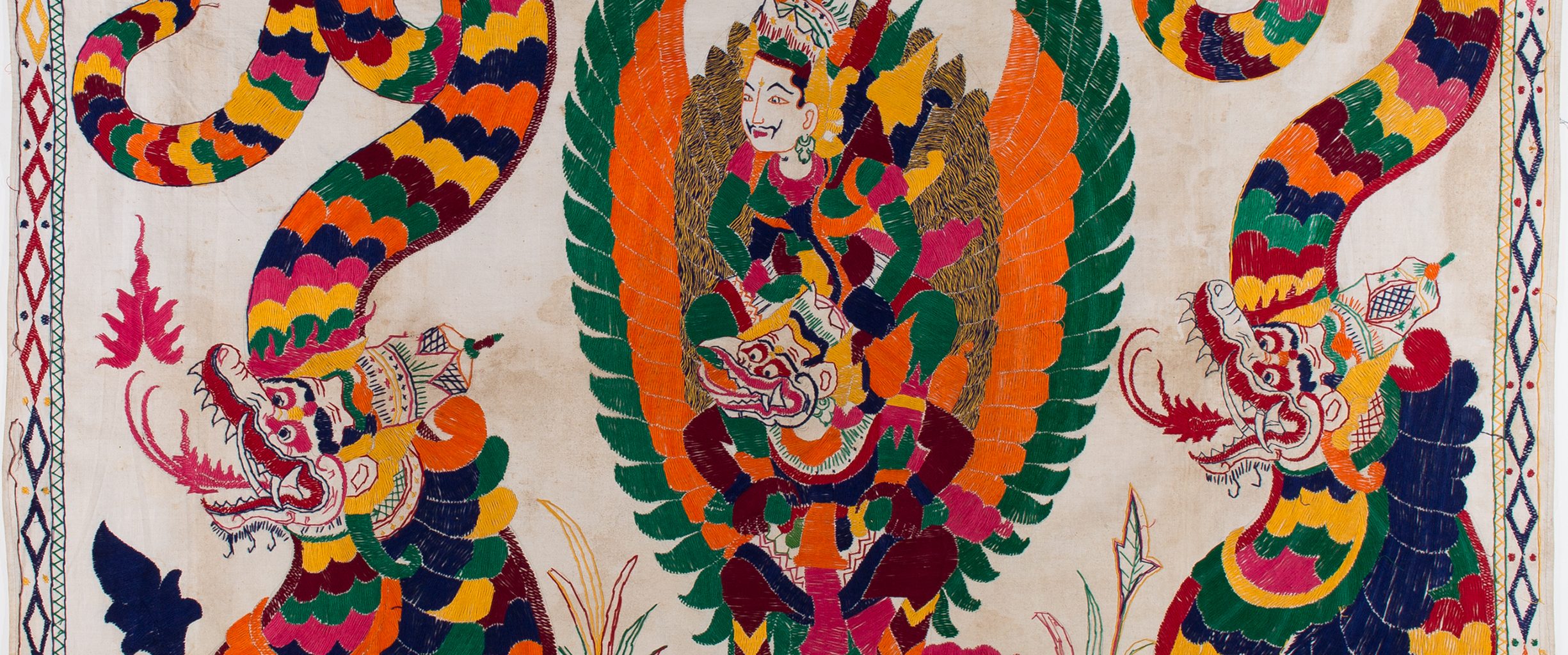
What is symmetry?
Something is symmetrical when it is the same on both sides of a line dividing it. This blue butterfly is perfectly symmetrical!
The line of symmetry is the imaginary line that would extend down the middle of something if it were folded in half. The blue butterfly is divided by a grey line of symmetry. Something is symmetrical if you could divide it in half and it would be the same on both sides. Everyday life is full of things that are symmetrical! Can you spot something symmetrical just by looking around right now?
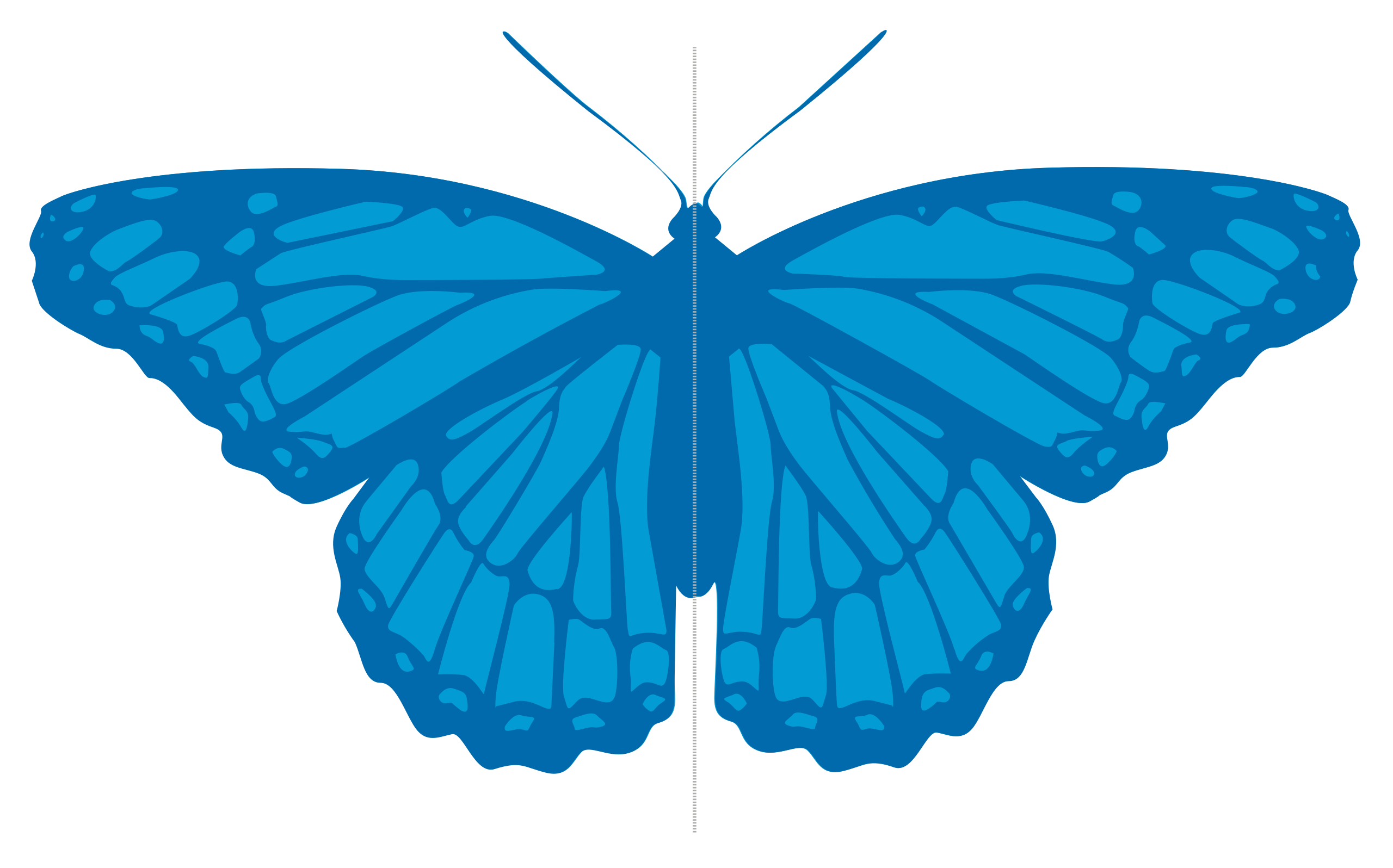
The line of symmetry is the imaginary line that would extend down the middle of something if it were folded in half. The blue butterfly is divided by a grey line of symmetry. Something is symmetrical if you could divide it in half and it would be the same on both sides. Everyday life is full of things that are symmetrical! Can you spot something symmetrical just by looking around right now?
You can find lots more examples of symmetry in this video:
Where can we find symmetry in art?
Let’s practice finding the line of symmetry in works of art. Look closely at these images to find as many lines of symmetry as you can. Some of these artworks have multiple lines of symmetry!

Snarling feline effigy bottle. Chimu (Peru), 1300–1470. Blackware. Transfer from the Sociology–Anthropology Department, 56.172.
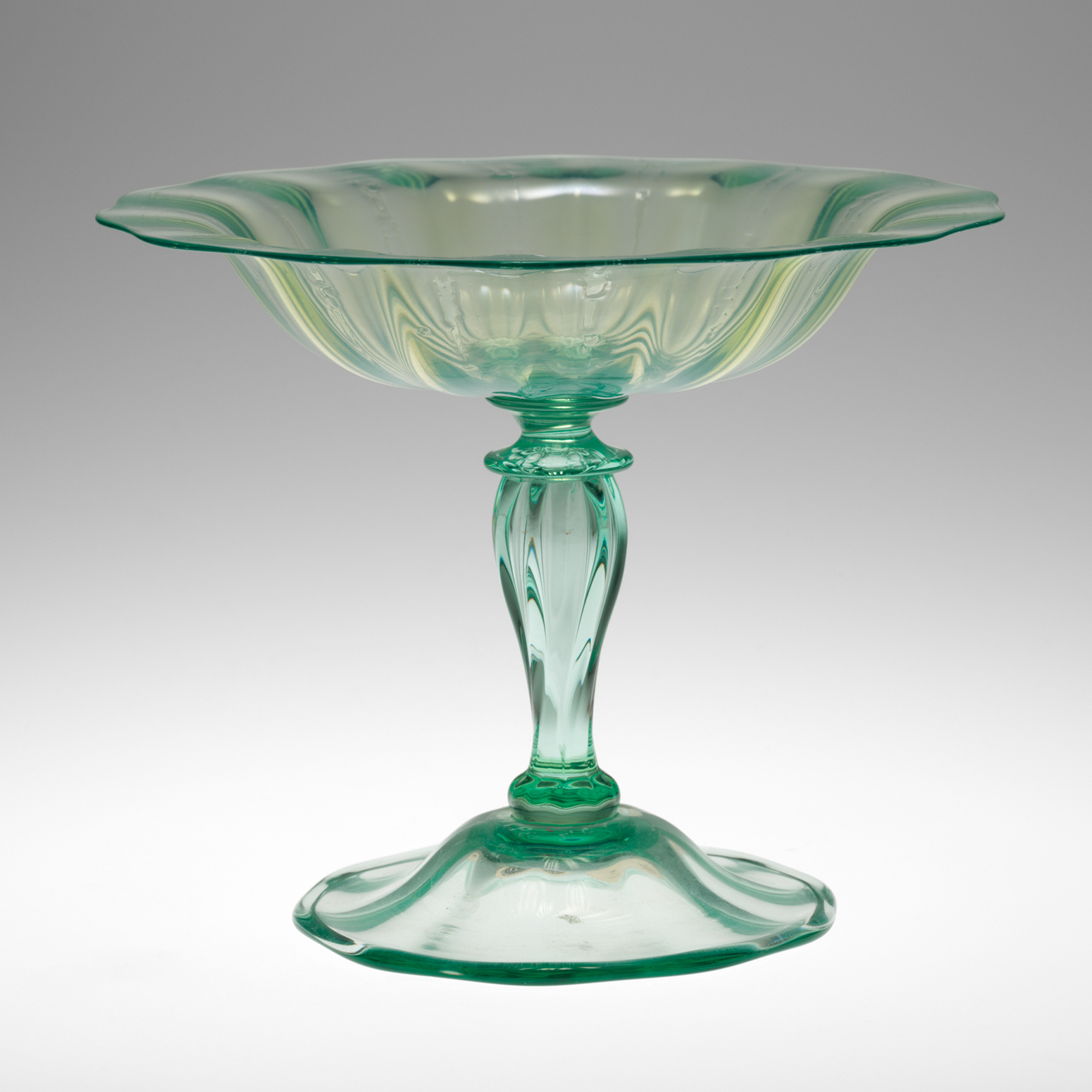
Louis Comfort Tiffany (American, 1848–1933), glass compote dish, 1921. Gift of Louis Comfort Tiffany through the courtesy of A. Douglas Nash, 57.086.
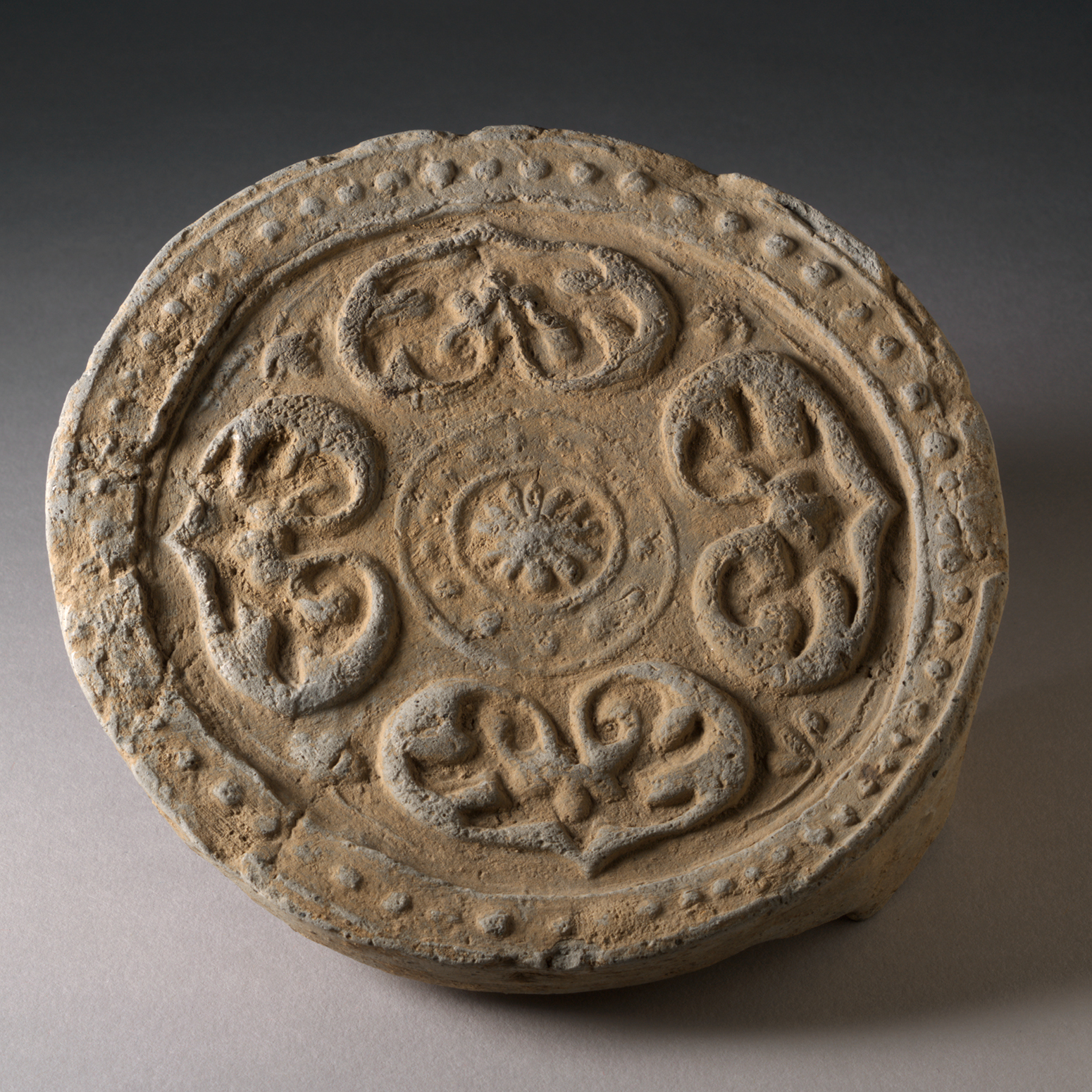
Fragment of a roof tile. Korea, 8th or 9th century. Earthenware. Gift of Colonel John R. Fox, 65.341.
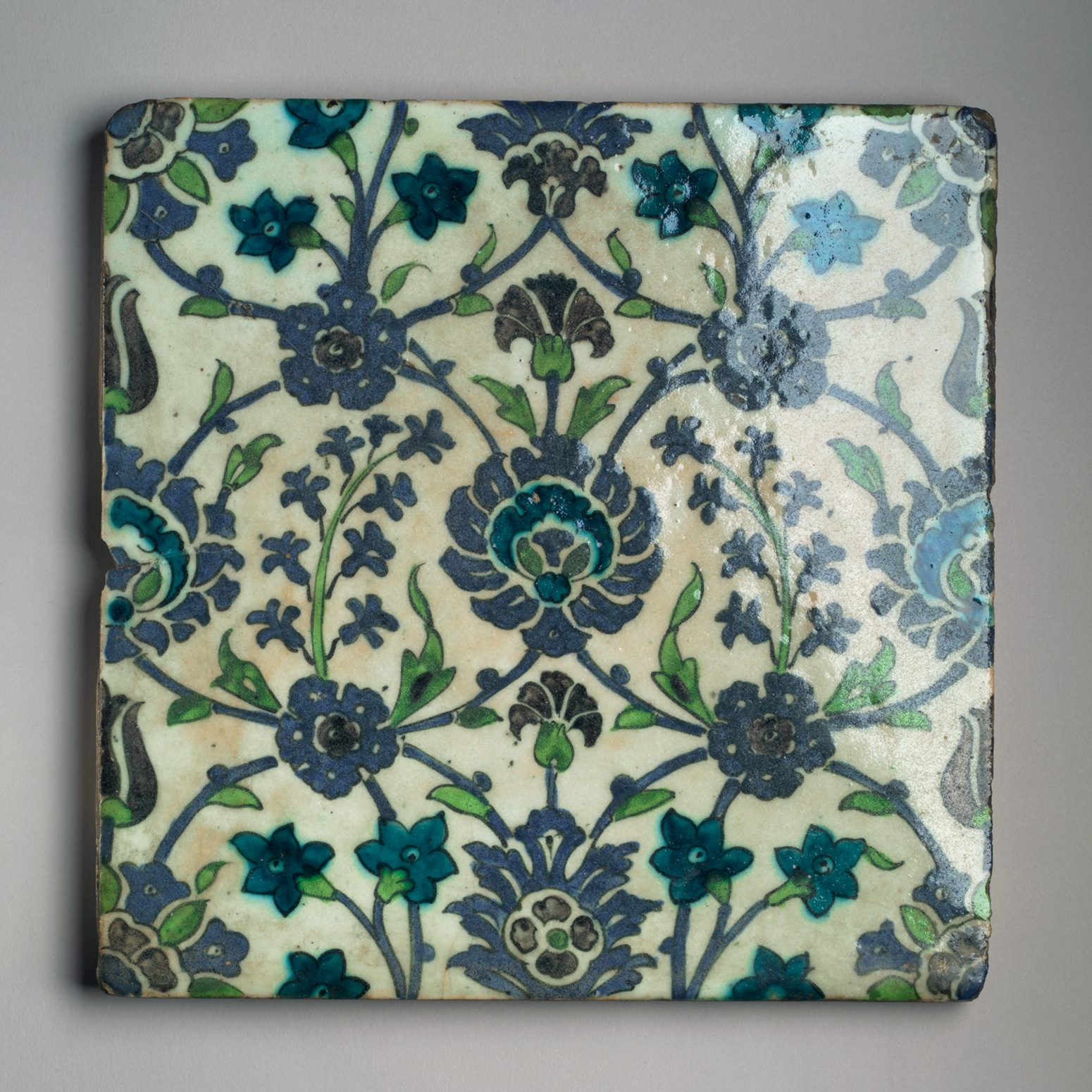
Large square tile with floral motifs. Turkish, late 16th century. Buff colored stoneware with underglaze blue, green and lavender under a clear glaze. Acquired through the Membership Purchase Fund, 83.071.003.
Did you find more than one line of symmetry in any of these artworks? The square tile has a line of symmetry going up and down the middle. But it also has diagonal lines of symmetry going across the tile, from corner to corner. The circular tile also has multiple lines of symmetry.
Symmetry or asymmetry?
If something is not symmetrical, it is asymmetrical. This means that if you drew a line down the middle, both sides of the line would not be the same—it would not be a line of symmetry.
The artworks below are asymmetrical, but they are almost symmetrical. Can you figure out what you would need to change about these works of art to make them symmetrical? What details would you need to add or take away?
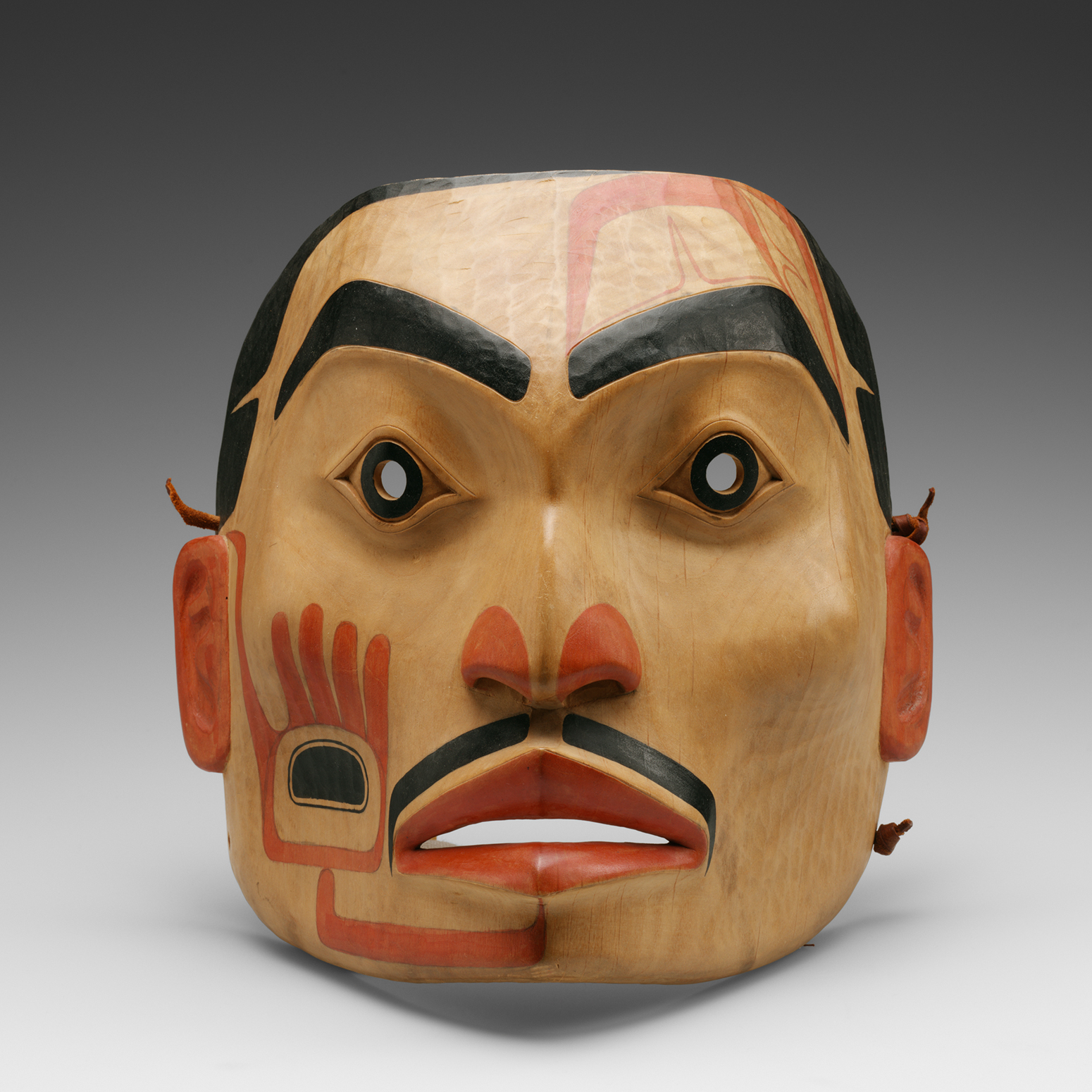
Duane Pasco (Tlingit, born 1932). Wood mask. Gift of Noyes Huston, Class of 1932, 72.053.
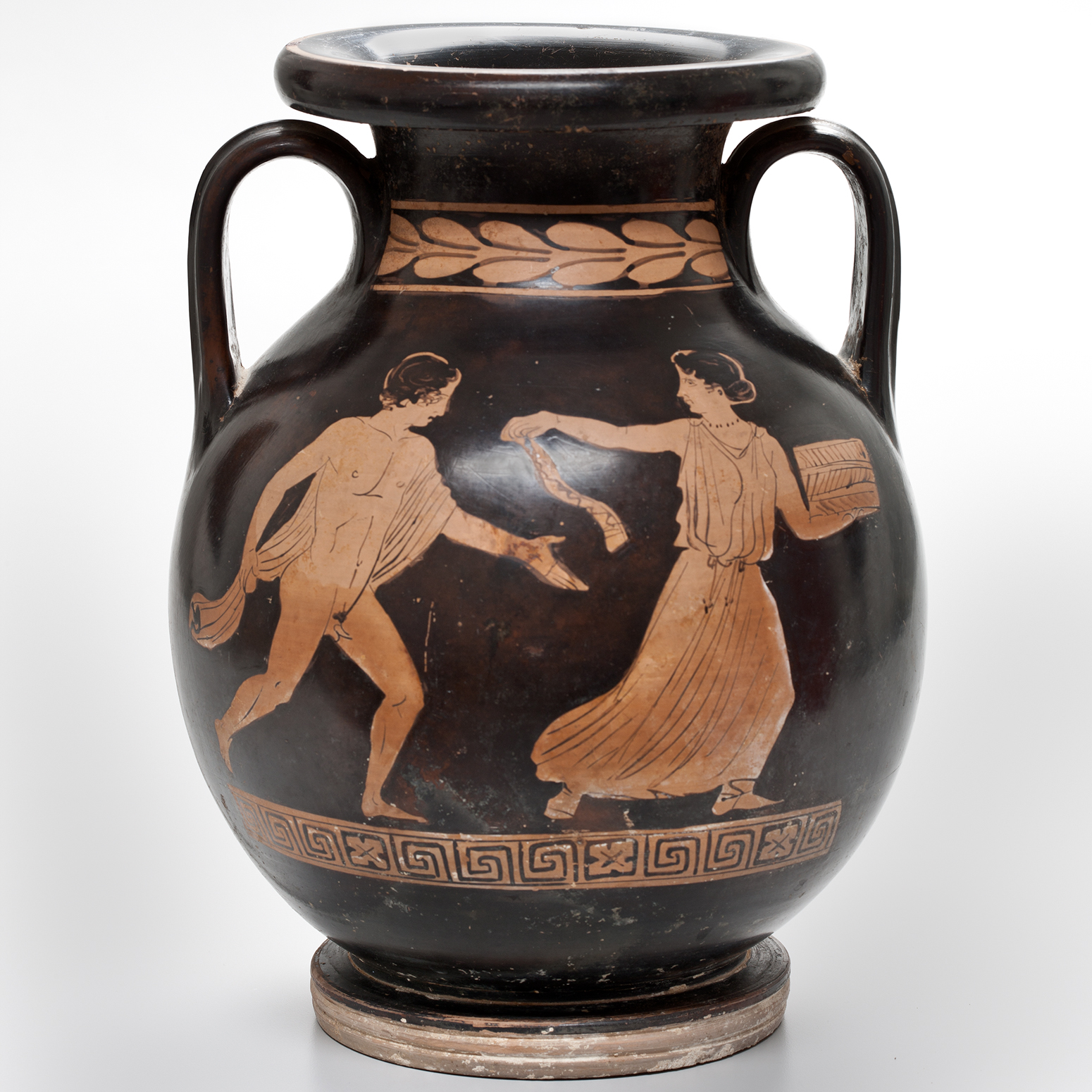
Red-figure pelike with Electra and Orestes at the tomb of their father Agamemnon. Attributed to the Tarporley Painter or his circle (Italy, Apulia), 410–380 BC. Ceramic with painted decoration. Transferred from University Collections, 74.074.007.
Symmetry can be tricky!
Now that you’re an expert at finding lines of symmetry, and spotting asymmetry, it’s time for a challenge. Take a moment to look closely at this work of art. What do you see? Can you spot any lines of symmetry?
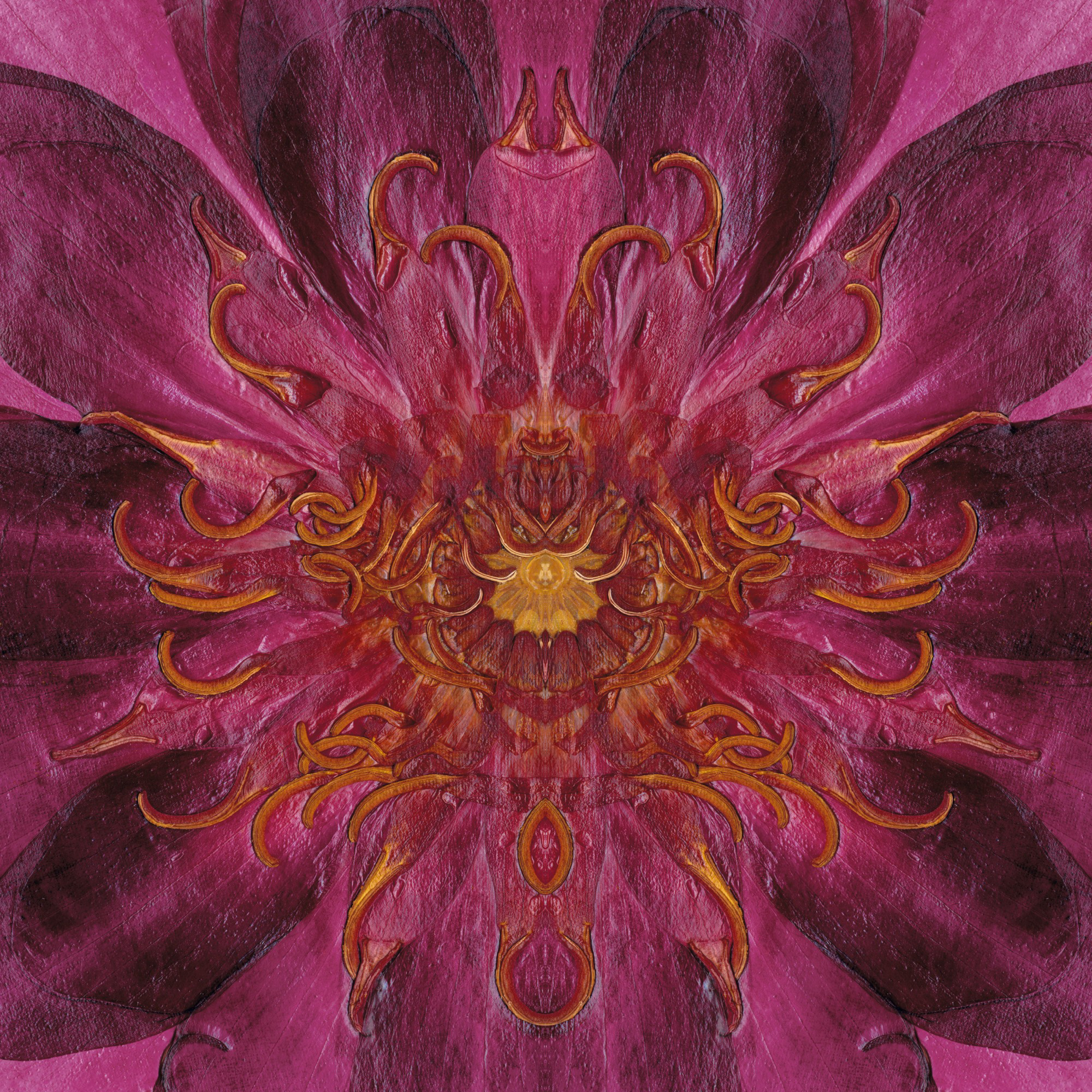
This work of art is a photograph of a real flower. The artist, E. V. Day, took a dried water lily, and photographed it from very close up. She didn’t change anything about the flower itself—those bright colors are exactly like real life! But she did change something about the photograph, once she had taken it.
If we could look at the real-life water lily, it would look different from this one. The reason is: symmetry! Did you notice the line of symmetry down the exact middle of the photograph, from top to bottom? What happens when you compare both sides of the line?
They are exactly the same! After taking a photograph of the water lily, E. V. Day used a computer to make this flower look perfectly symmetrical. She did this by taking one half of the photograph, and copying it over to the other side of the line of symmetry. She created a mirror image of one side of the flower.
Did you notice right away that the two sides were identical, or did it take a while for your eyes and brain to pick up on it?
It’s hard to notice, because our brains are used to seeing things as symmetrical. Many flowers look symmetrical to us, but are actually slightly different on either side of the line of symmetry. The water lily that E. V. Day photographed was almost symmetrical, just like many plants we see every day. E. V. Day created perfect symmetry using a computer. Her photograph plays a trick on us by making a flower, something our brains think of as symmetrical, even more symmetrical.
Now that you’re an expert in spotting symmetry, keep an eye out for it in the world around you! Symmetry is in an important idea in art, but also in other contexts.
—Elizabeth S. Yearsley, Post-Baccalaureate Fellow in Pre-K–12 Museum Education (2022)
Want to learn about the role of symmetry in science and beyond? Check out this video!










